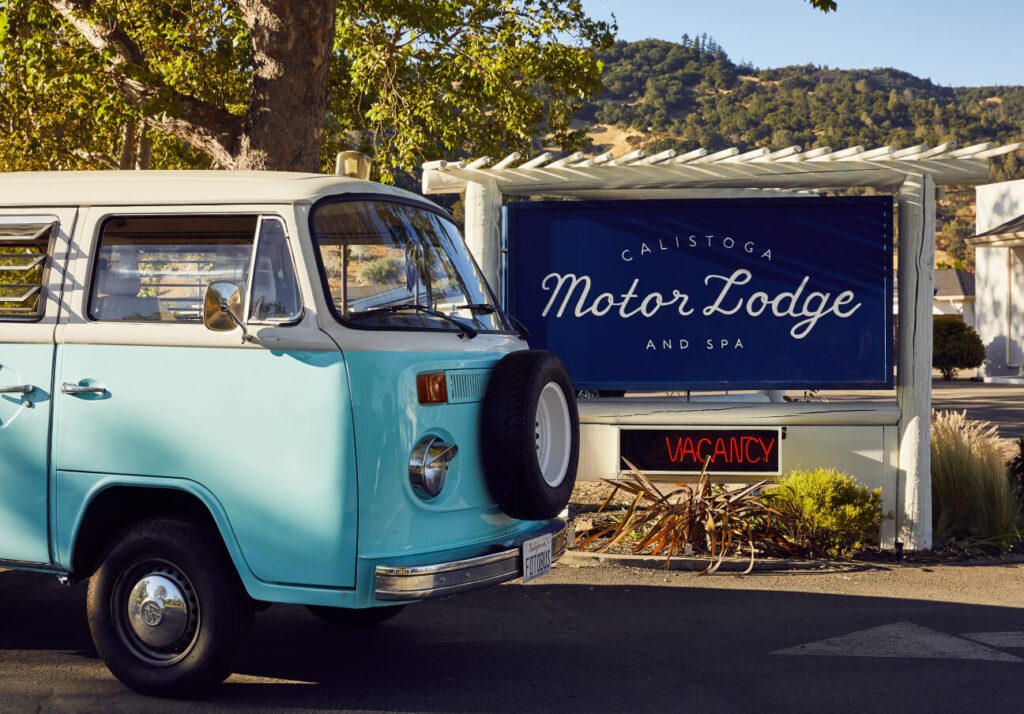Adapting, evolving, and differentiating hotel amenities for maximal guest satisfaction and loyalty.
Introduction
Pivoting amid uncertainty.
The hospitality industry was among those hardest hit by the COVID-19 pandemic. But it performed incredible feats of resilience and innovation since March 2020. Now, only a year or so into what should be a raucous rebound, economic conditions may cause the rebound to be a little less raucous than we’d all like.
We’re seeing some evidence of this already, though we don’t know much about long-term effects: inflation, interest rate hikes, layoffs, and the ever-present possibility of a recession. Hospitality operators and property leadership have more practice than ever in navigating challenging conditions, and we continue to applaud them for their efforts. At the same time, however, some of the most common actions taken to sustain properties can have unintended consequences.
These actions are taken with the very best of intentions. Even so, such interventions can compromise future success. How can hotel brands adapt to create evolving, differentiated amenities which keep guests delighted and eager for a repeat visit despite a challenging economic climate?
The Question
Should hotels scale back on high overhead amenities to reduce costs?
It’s plainly true that differentiated amenities are among the most attractive and important factors for guests when selecting a property. But it’s also plainly true that reducing the depth or breadth of amenities can immediately reduce overhead costs.
The specifics of amenities strategy are hard to quantify, but they remain a critical piece of the guest experience. And of guests’ perceptions of their stays looking back.
Many guests book trips around amenities. And offerings that are subject to an additional charge—or worse, unavailable—can color guests’ perceptions in a negative way. Disappointed travelers are not shy about voicing their displeasure on social media. Beyond user and guest reviews, amenities are important evaluation criteria. Cutting one or several may make a property ineligible for a given ranking or accreditation.

That’s not to say that adjusting
amenities is inadvisable.
Hotels can start by reviewing amenities with an eye not only toward cost, but also toward brand differentiation and guest experience. An honest audit—analyzing offerings in relation to competitors—can be enlightening.
Standards
Which amenities are “table stakes” (i.e., standard or expected) in a given market? Lacking these may immediately rule a property out of a potential guest’s consideration.
Utilization
Which amenities are highly utilized year-round? How about in-season? Are there under-activated areas or spaces on property that feel like “dead zones”?
Differentiation
Which amenities set a property apart? On the flip side, which are familiar enough that they don’t feel unique within the competitive landscape?
Brand Reinforcement
Which amenities reinforce a narrative and market position? Are there any that may even confuse or contradict a brand’s story?
After this self-examination, think about ways to level up the table stakes you’ve identified—ideally with limited investment. Thinking creatively about how to differentiate offerings and activate underutilized spaces can take a hotel brand to the next level in guests’ eyes.

For Example:
A resort-setting swimming pool that sits empty once the sun sets could be transformed into a floating movie experience with a dessert themed to the film. For such a memorable experience, this would be a relatively light lift: renting some projection equipment, purchasing some illuminated pool floats, and coordinating with your F&B team. Look toward trends in culture to inspire your ideas: what are emerging services and experiences that could be adapted on property to tap-into a growing consumer interest and capitalize on its buzz?

Next, operationalize.
After piloting a number of these activations and understanding which resonate with your guests, promote the best-performing amenities through both owned channels (social media and web content) and earned media via PR support. The more unique the activation, the more differentiated your property and brand will appear, and the more likely the media will be to cover it.
A critical mass of original and relevant amenities may even merit a full campaign to support an enhanced experience package.
Boosting occupancy and ADR are clear and obvious goals, and so, too, is improving guest experience and brand/property perception. But working through these exercises can also help hotels to understand which amenities can be cut in service of cost-savings. If an amenity doesn’t meet the criteria laid out above—it isn’t table stakes, differentiating, highly utilized, critical for the property’s ranking, on-brand, or able to be activated through programming—it’s safe to say it can be cut.
Hotels anticipate a transition period. For longtime guests who may be disappointed with the loss of an amenity, hotels can be prepared to supply something similar off-property to meet (if not exceed) their expectations. Once guest expectations have caught up to the change, these compensatory offerings can also be phased out.
Our Strategy team at Brand Bureau has an extensive history partnering with hospitality brands and property teams to complete amenities audits & guest experience strategy exercises.
We’re always happy to share more information about this service, or support properties undertaking this exercise in-house.
If you’re interested in learning more, please drop us a line at [email protected].